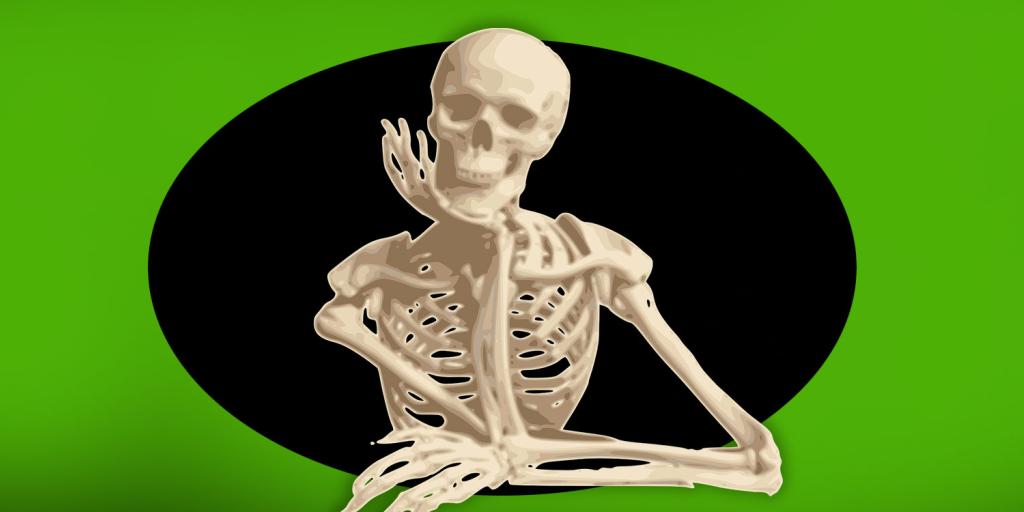
Your Talking Bones
Skeletons often evoke thoughts of death. We also tend to view them as the simple “support structure” of the body. Medical science has long understood that bones manufacture both white and red blood cells, provide a storehouse for calcium and other minerals, and possess remarkable healing properties. However, recent research demonstrates there is even more to bones that meets the eye!
Science is discovering that bones communicate chemically with many other parts of the body, including the brain, muscle and fat tissue, the kidneys and pancreas, and even microbes in our digestive system (Smithsonian Magazine, March 3, 2022). As one author observed in surprise: “It’s as if you suddenly found out that the studs and rafters in your house were communicating with your toaster.” One of the chemicals produced in bone—osteocalcin—impacts learning and memory in the brain, male fertility, production of neurotransmitters, and even the regulation of blood sugar levels, ultimately impacting diabetes risk.
As research advances, medical science continues to prove the human body and its organ systems are far more complex and interactive than once thought. The profound truth of King David’s observation that he was “fearfully and wonderfully made” (Psalm 139:14) continually deepens with each discovery! And when he cries to God, “Have mercy on me, O Lord, for I am weak; O Lord, heal me, for my bones are troubled” (Psalm 6:2), we begin to see the possibility that such words communicate more than a poetic sentiment. Sickness and health, in a deeper way than previously realized, is interconnected with our very bones. These findings serve well to further confound the shallow arguments of evolution. To learn more about how the human skeletal system displays God’s creative power, be sure to read “Your Living Bones.”



